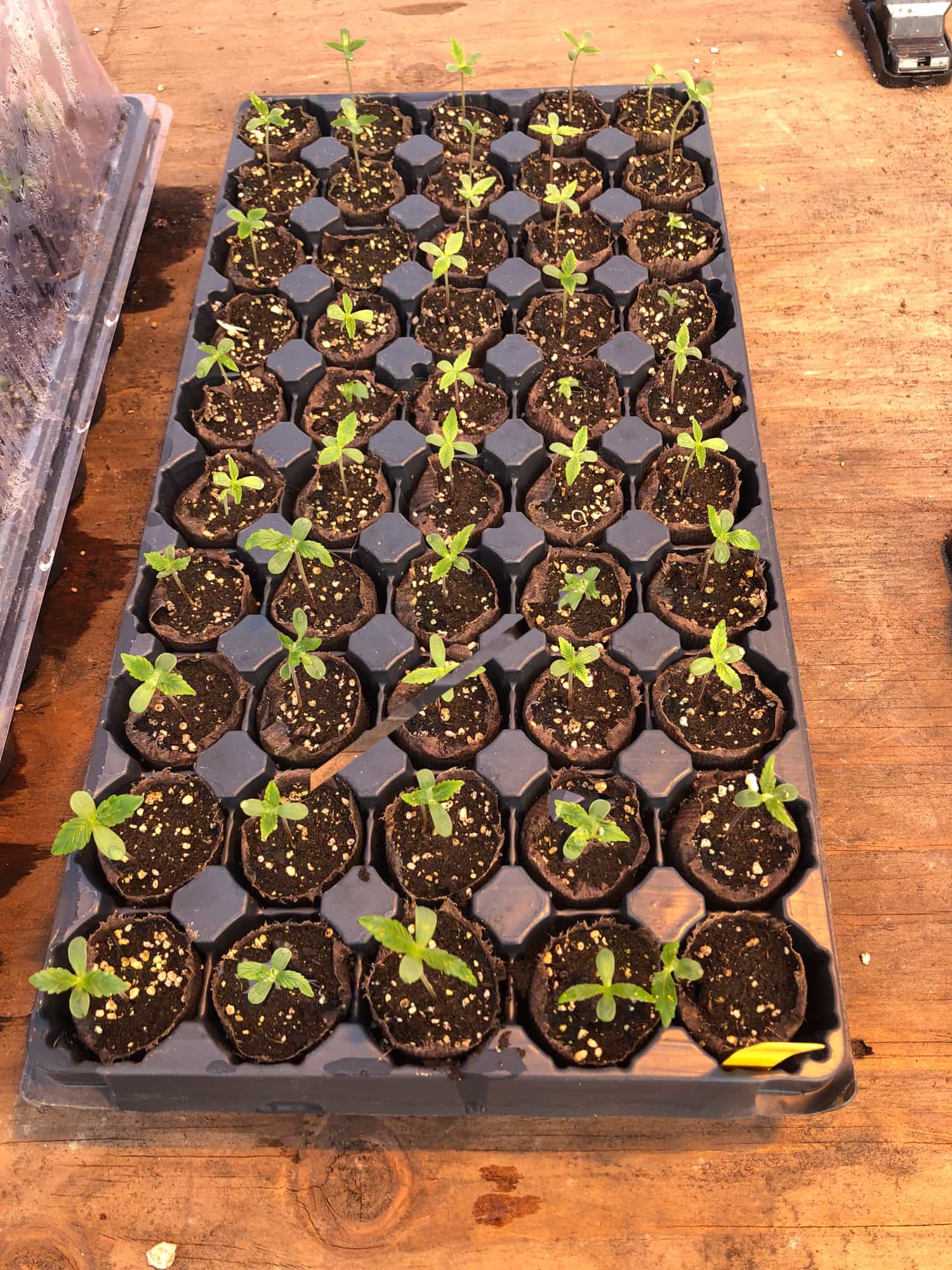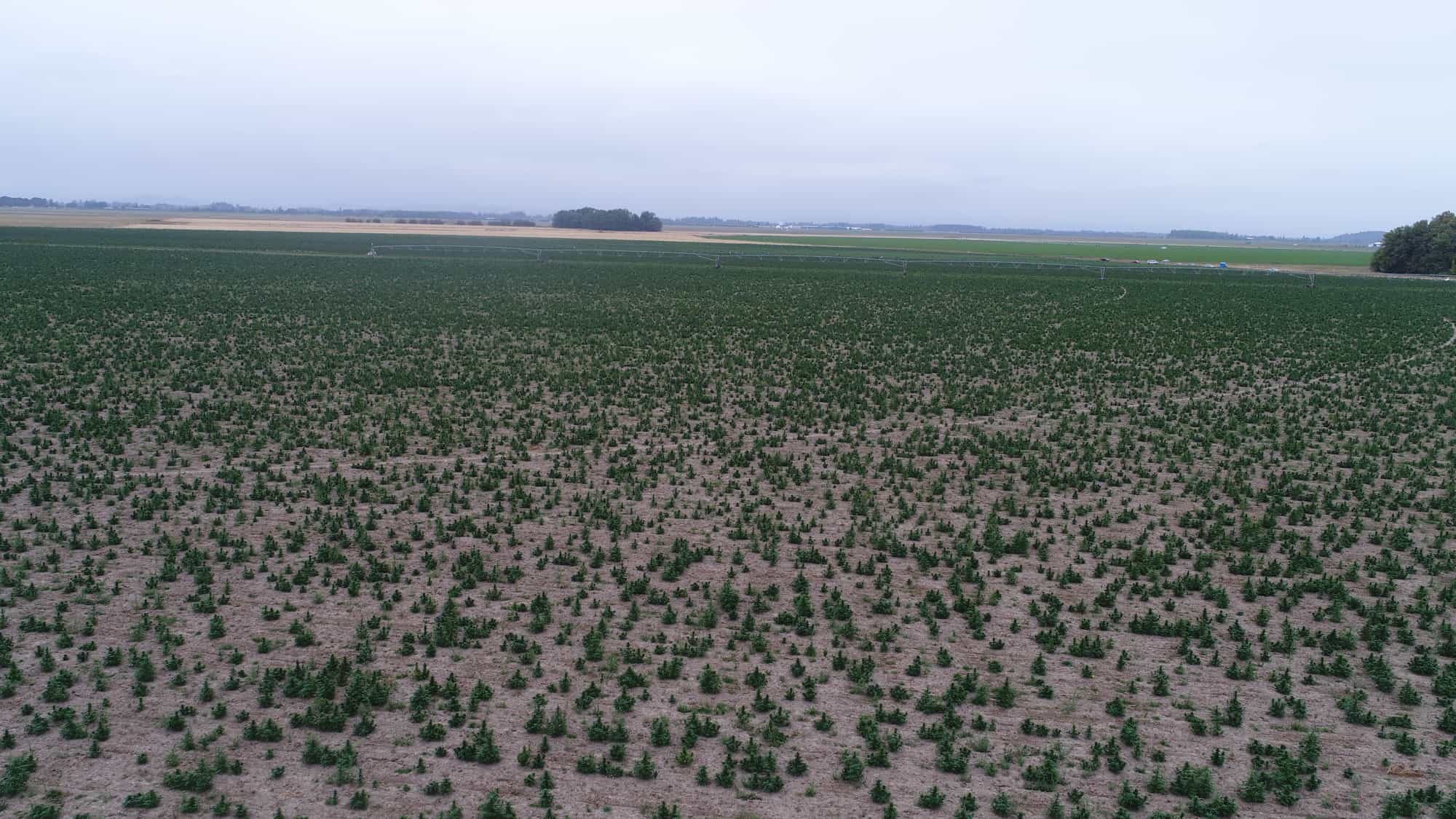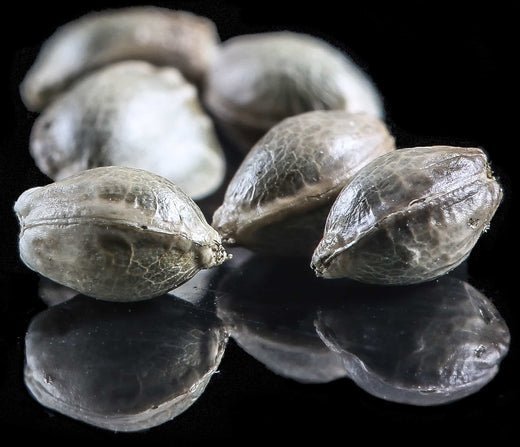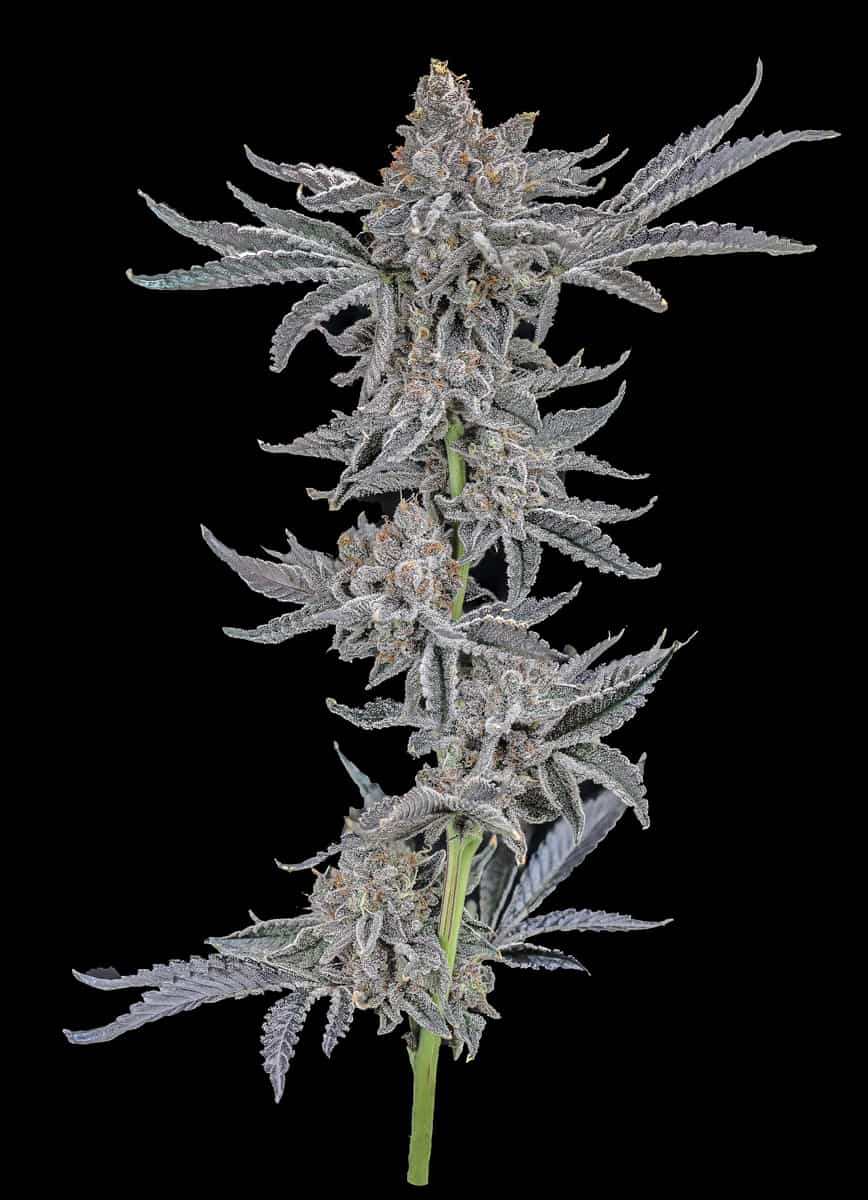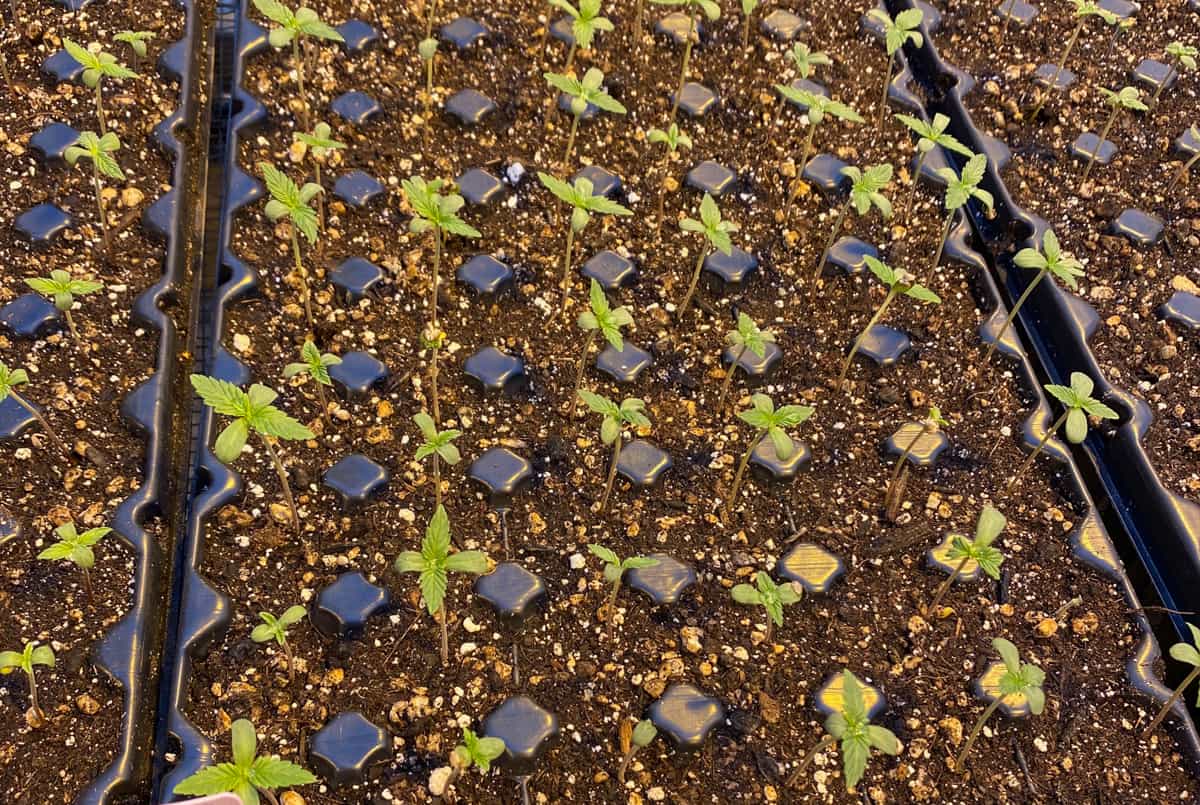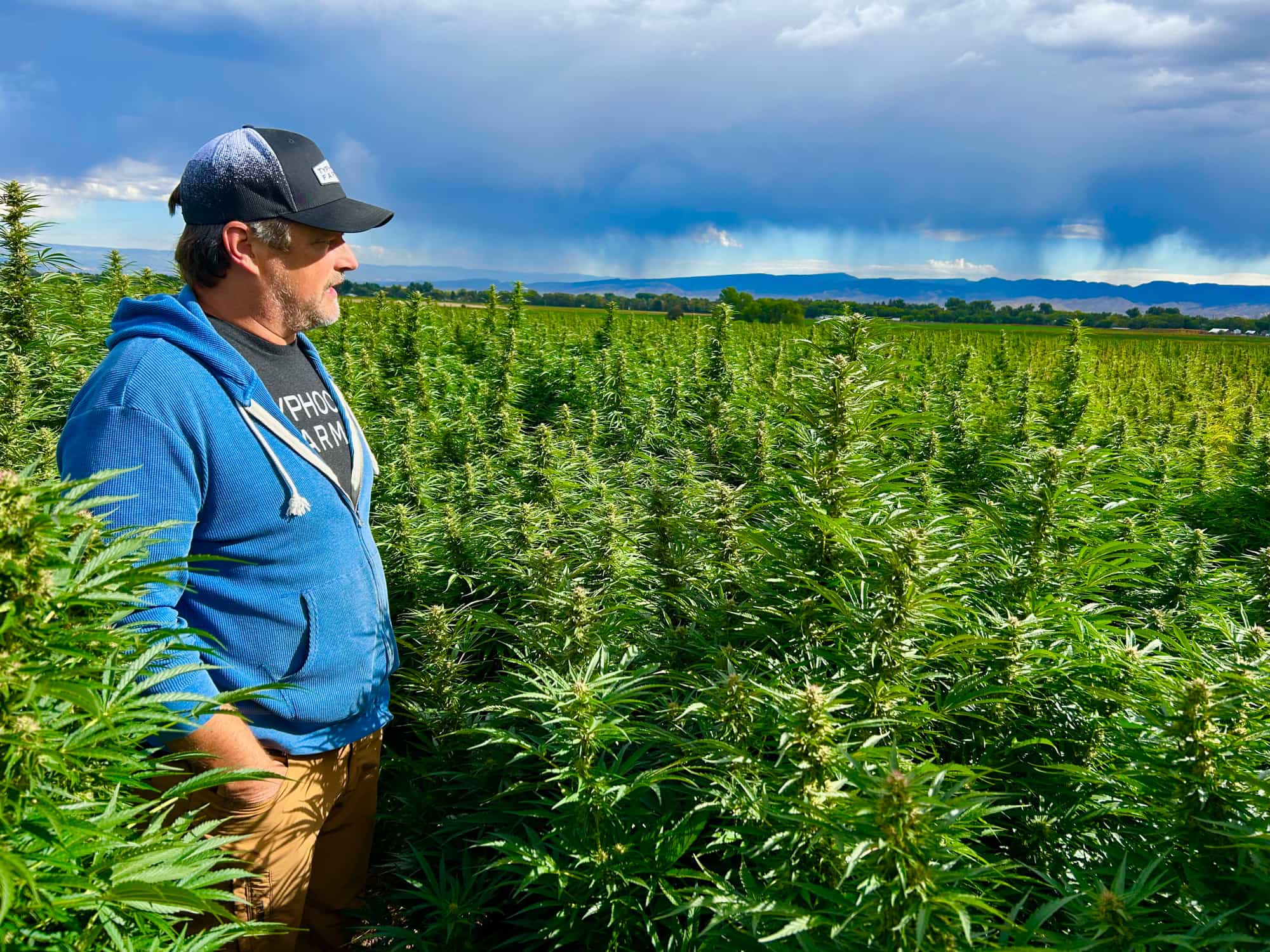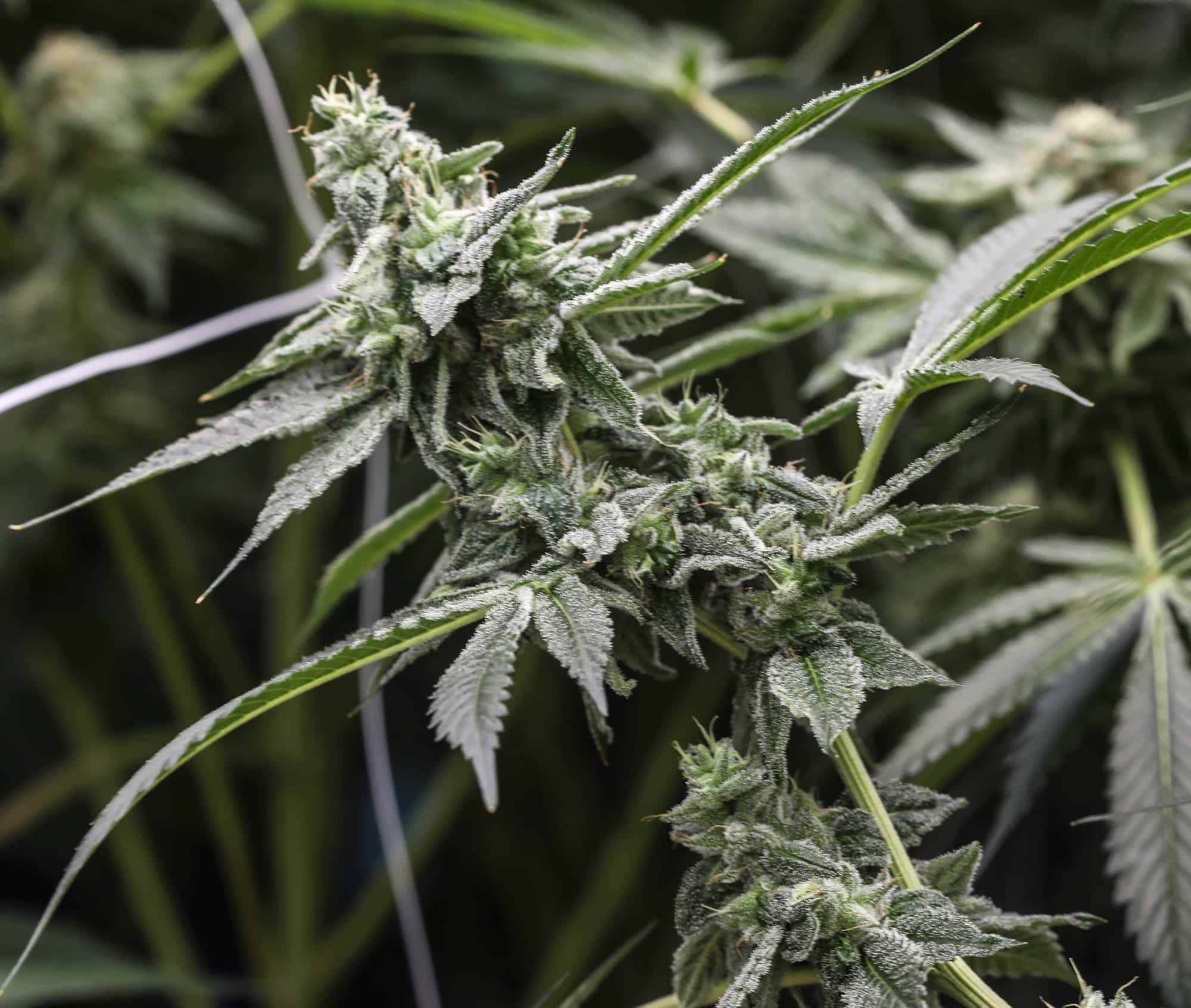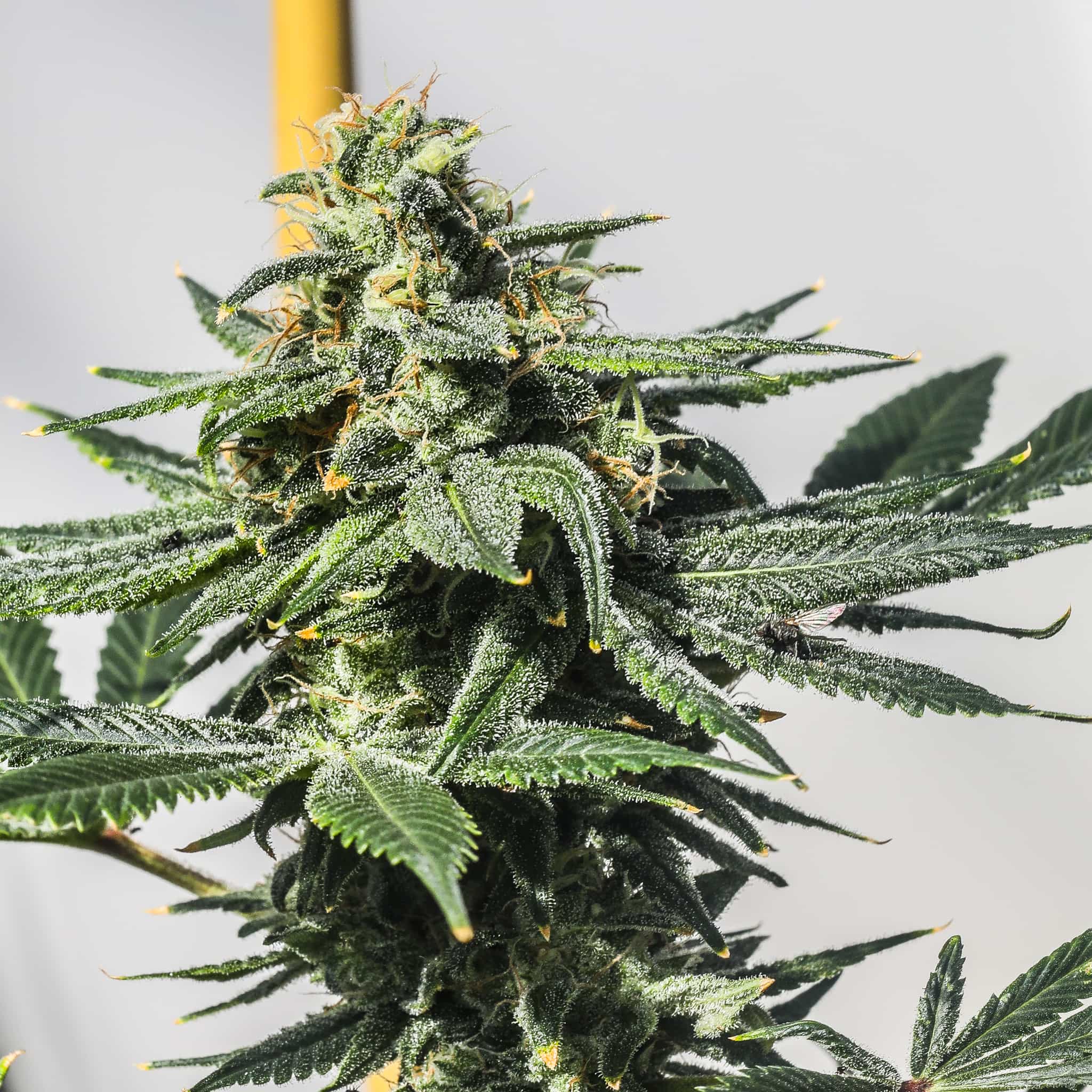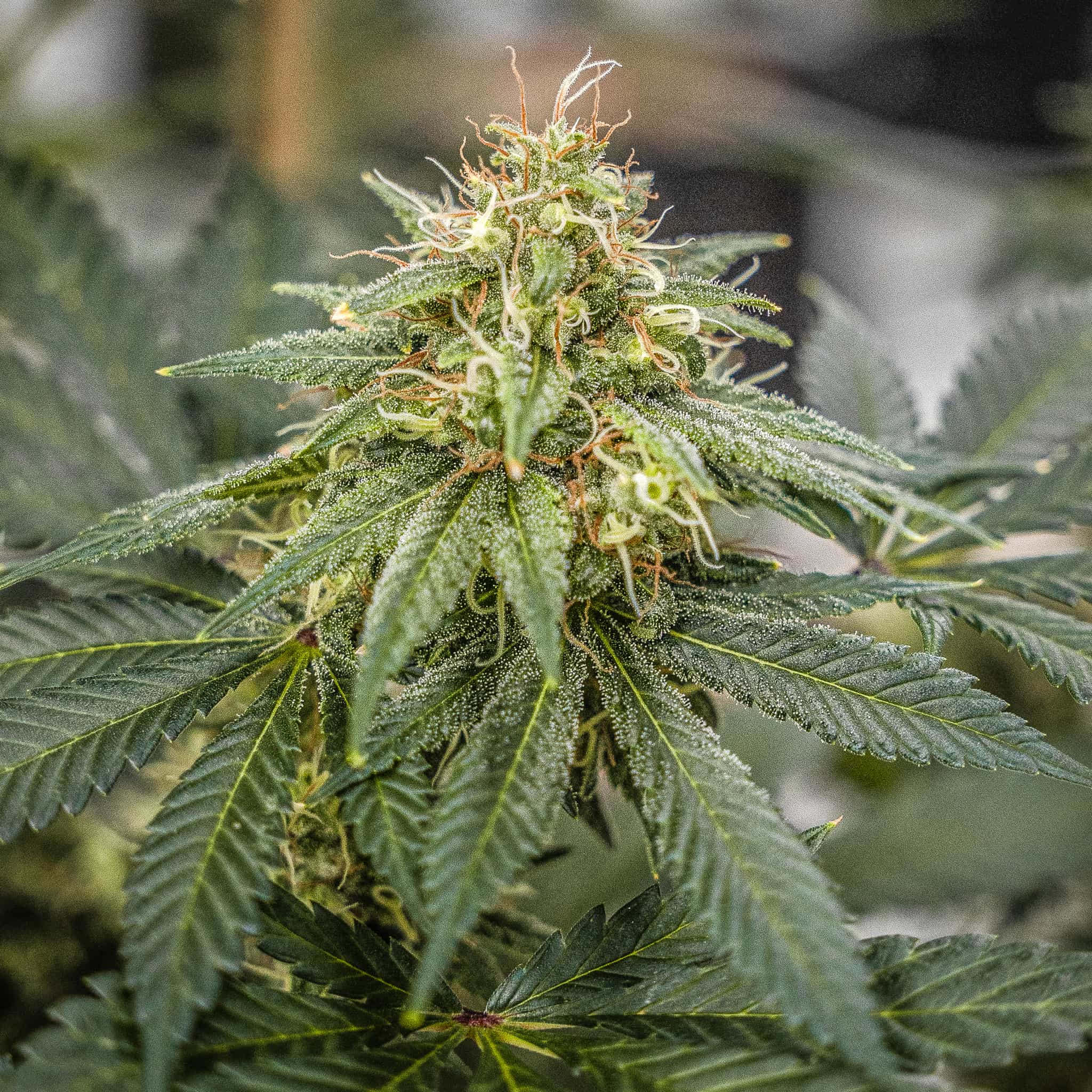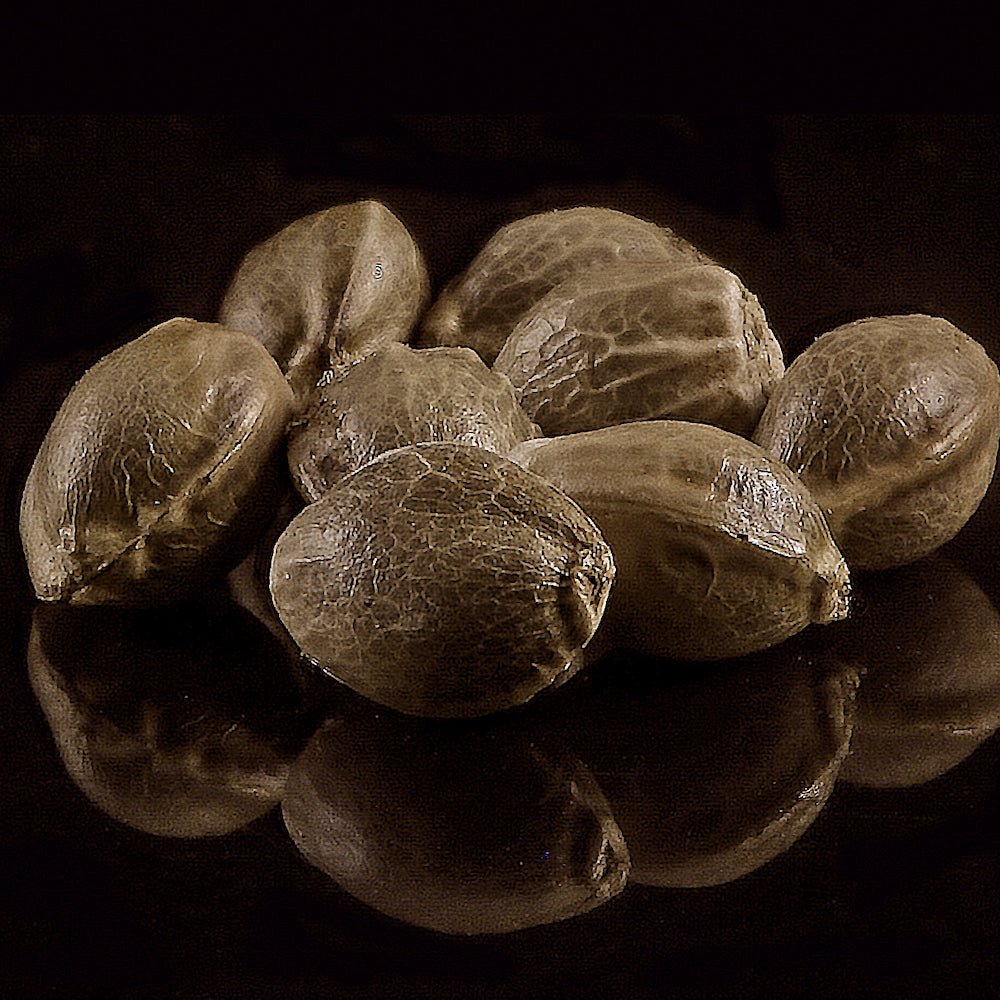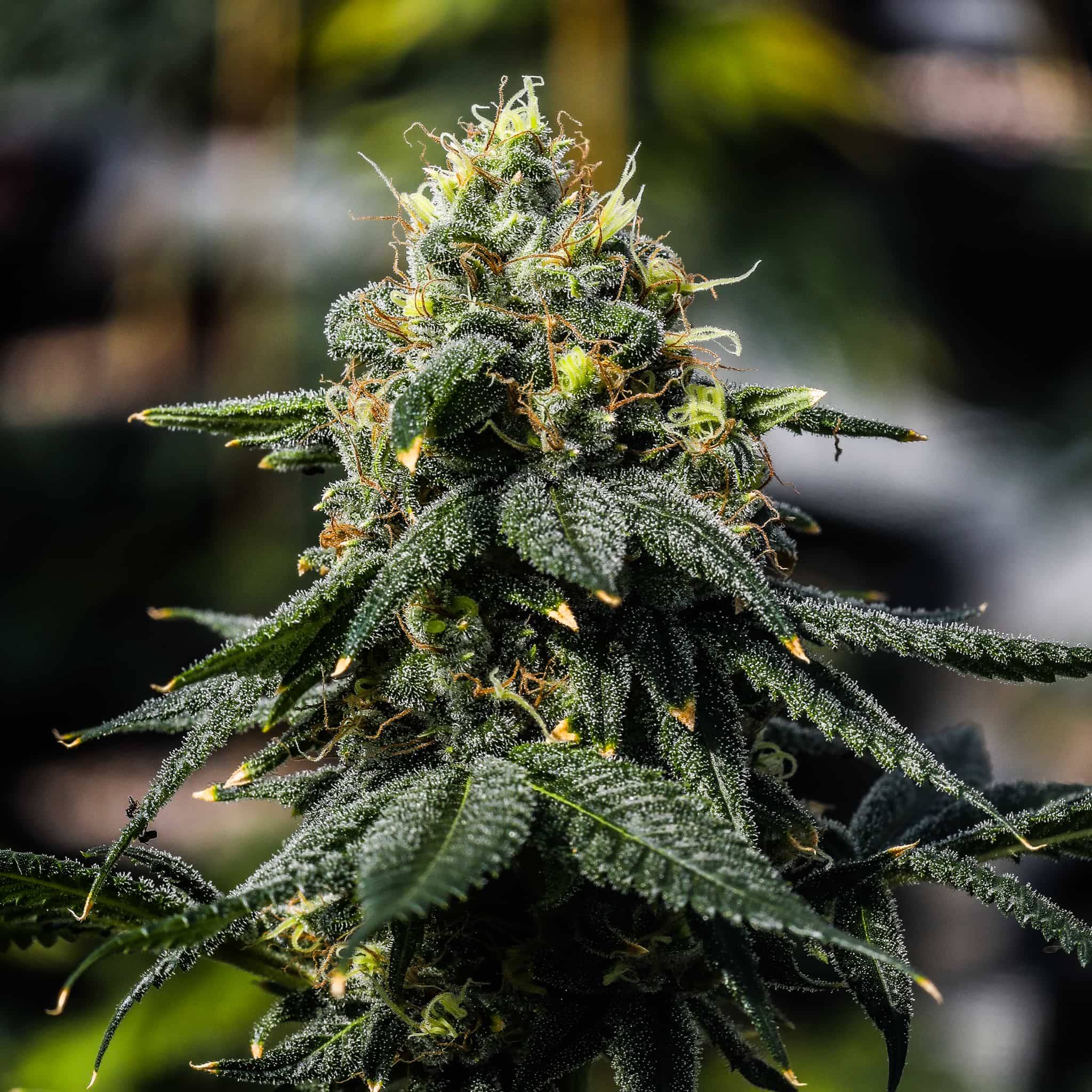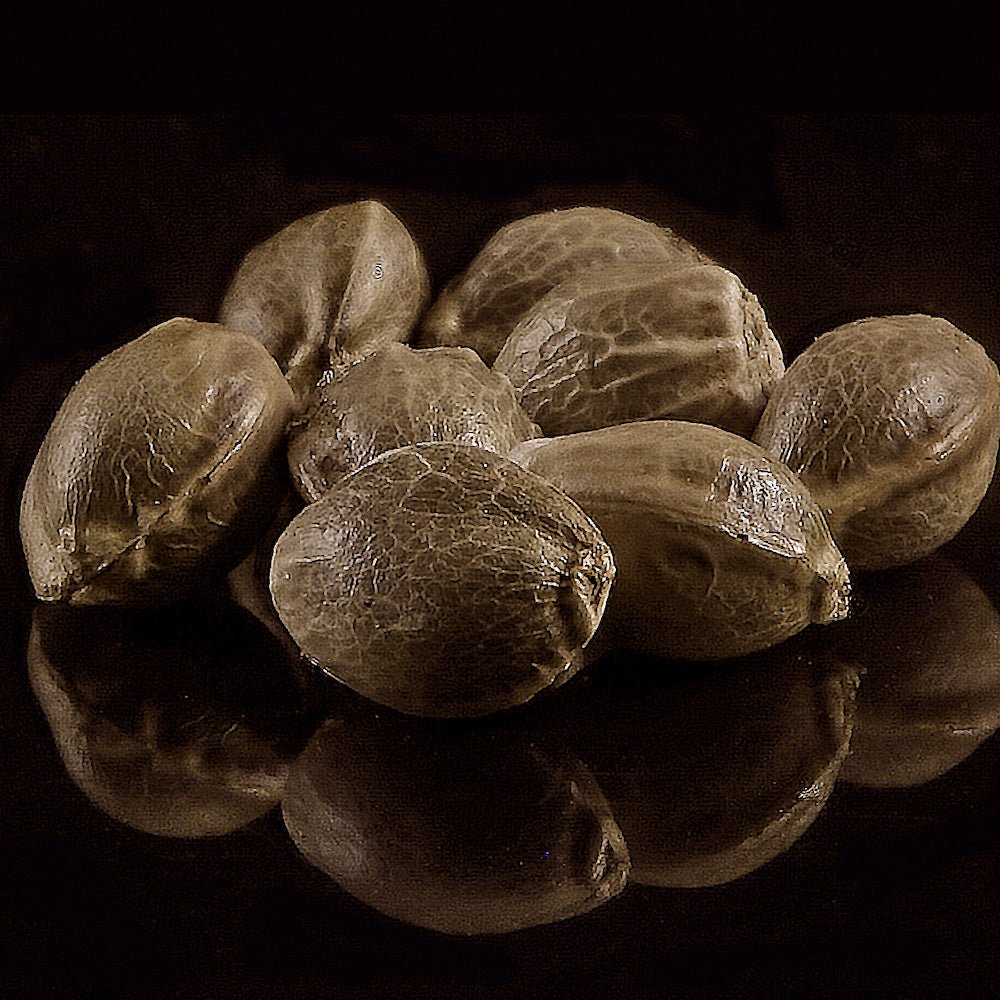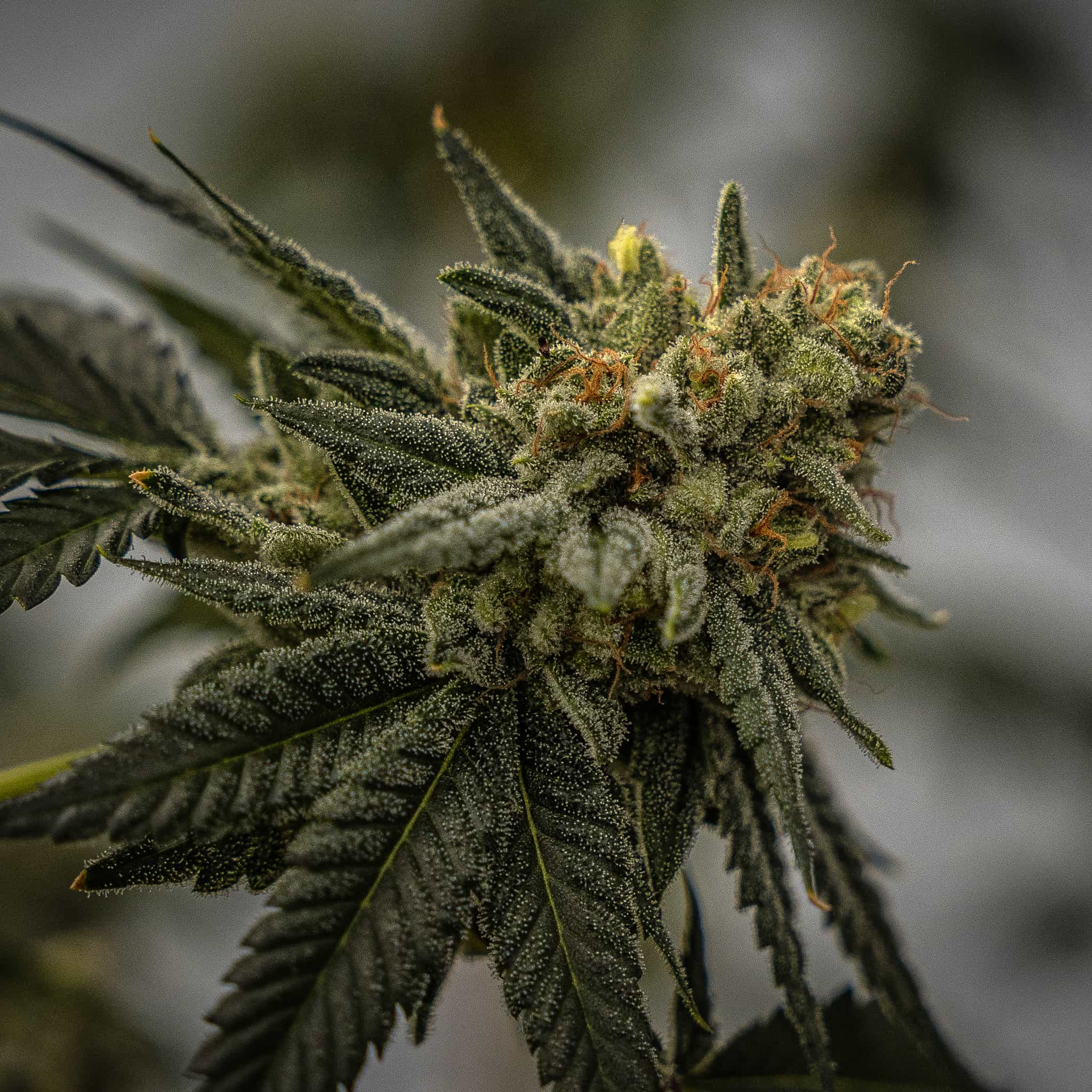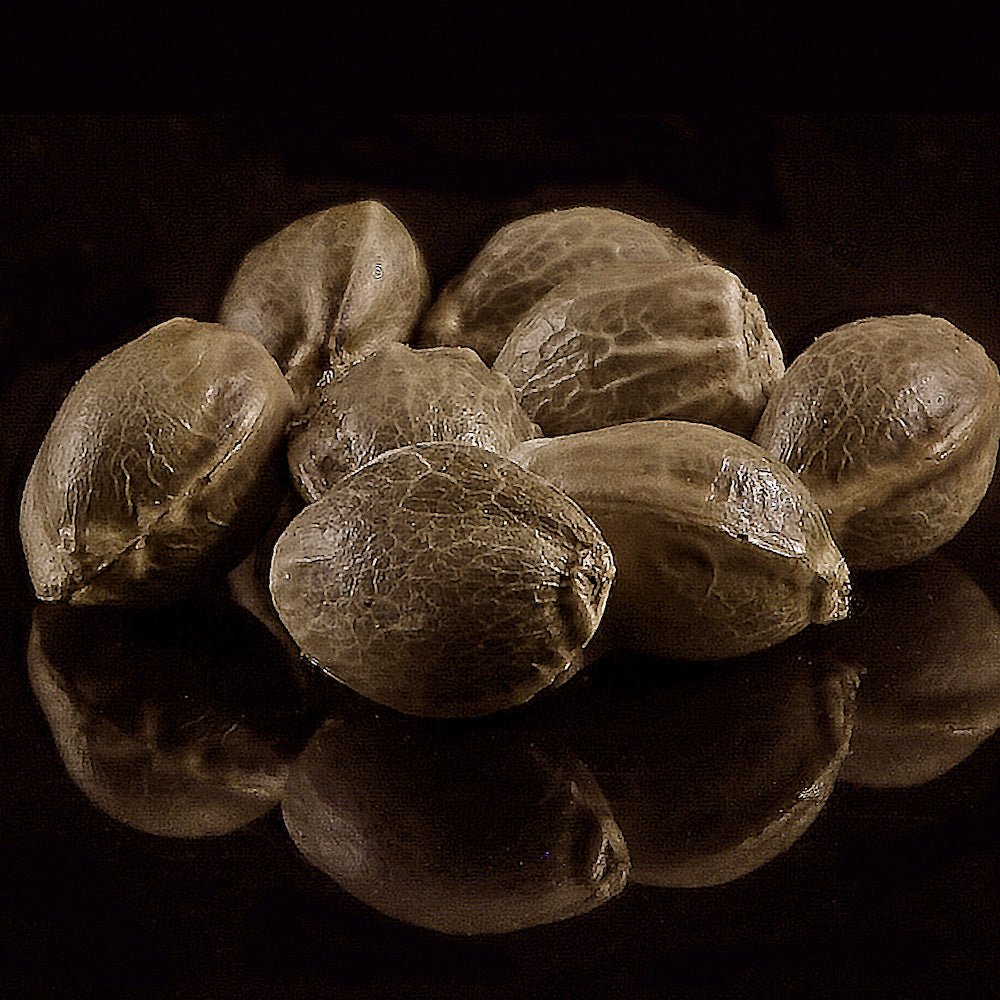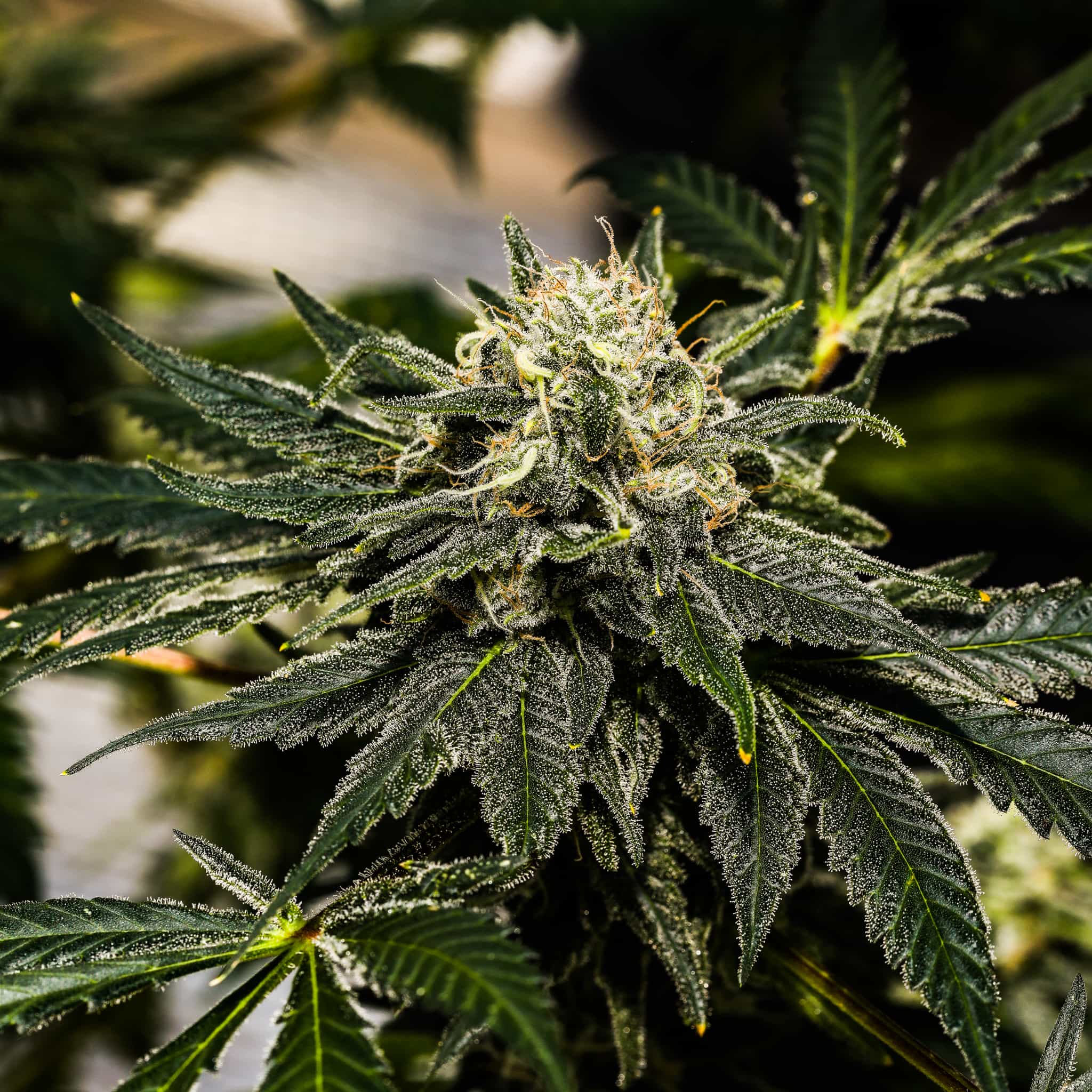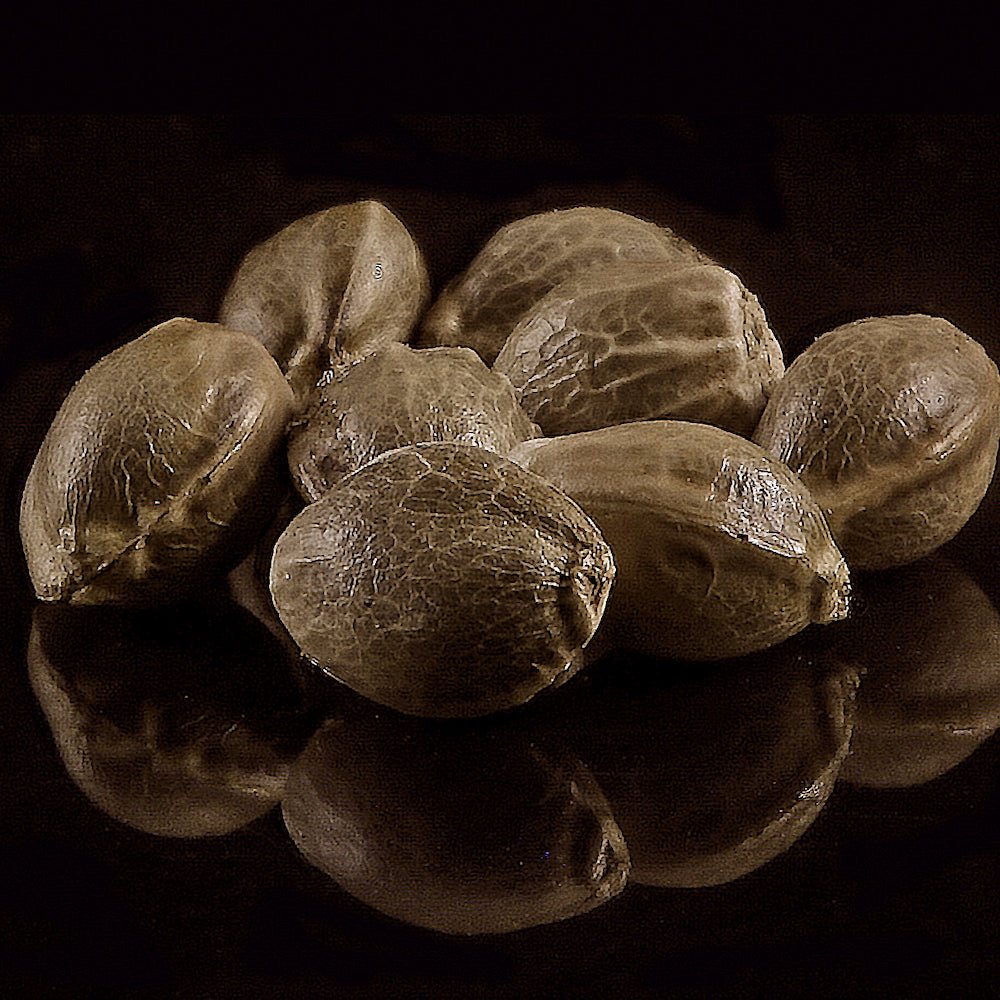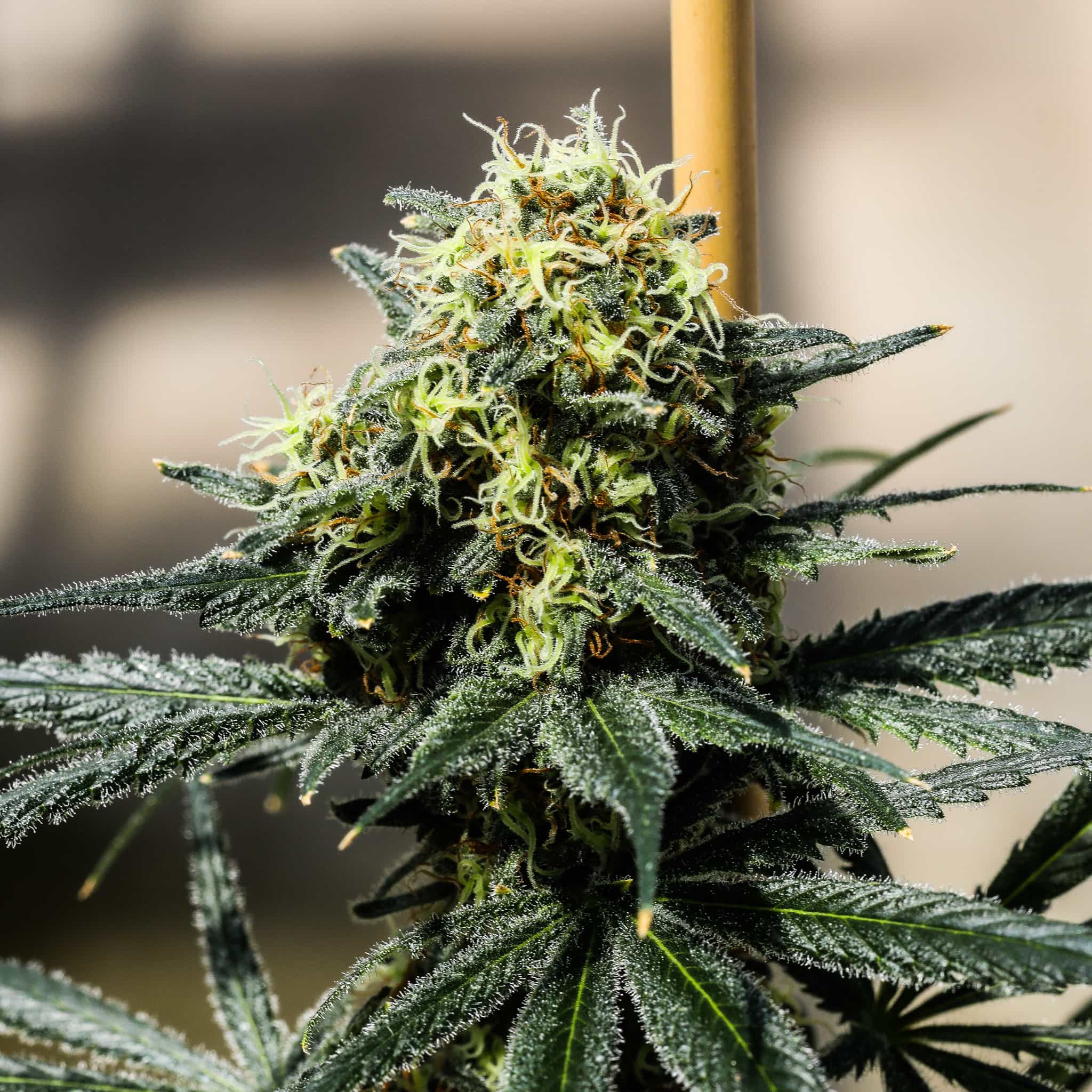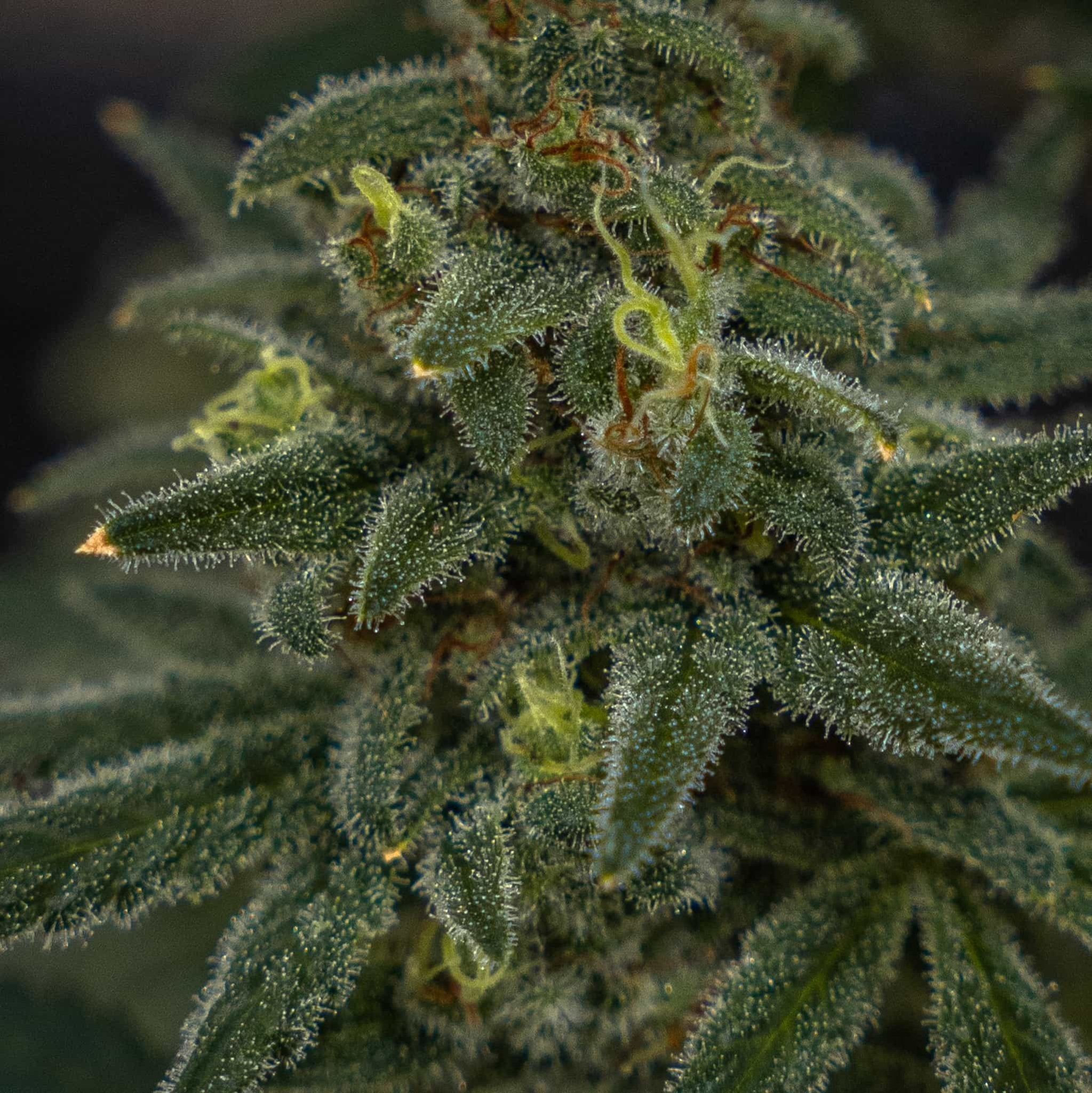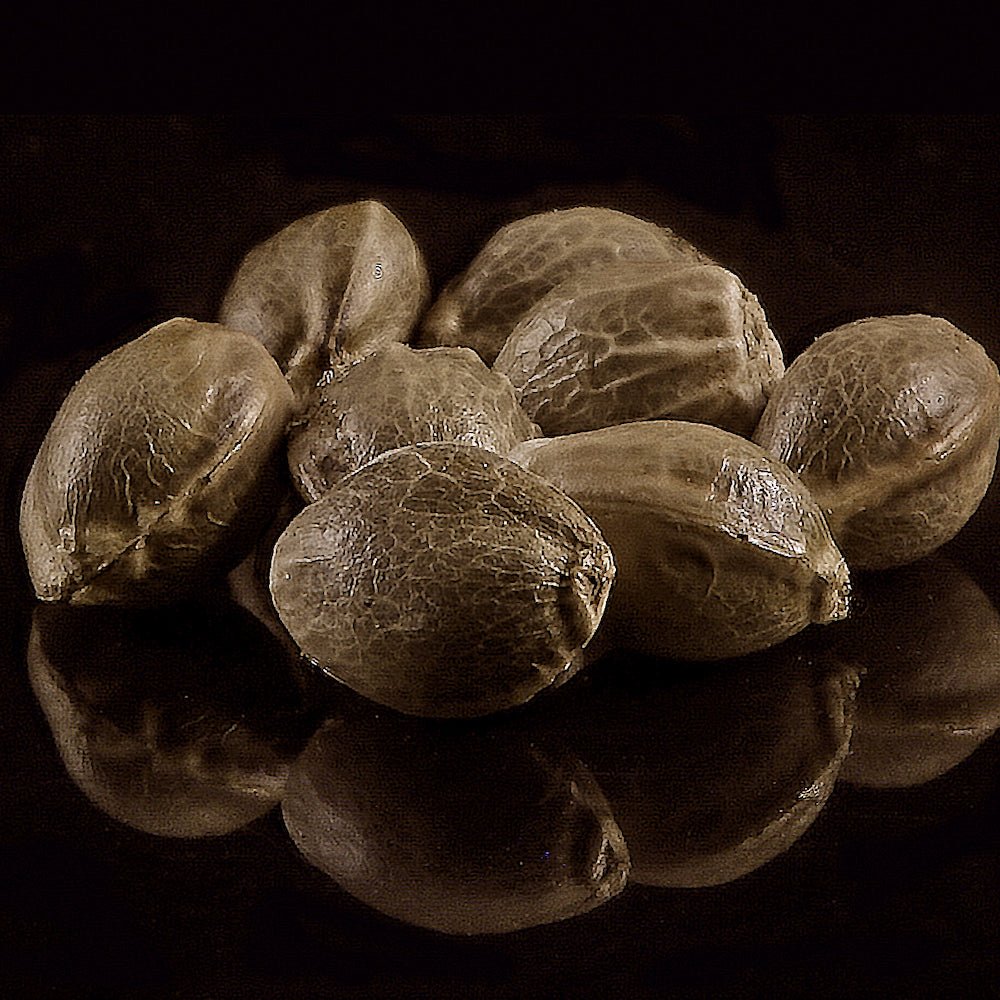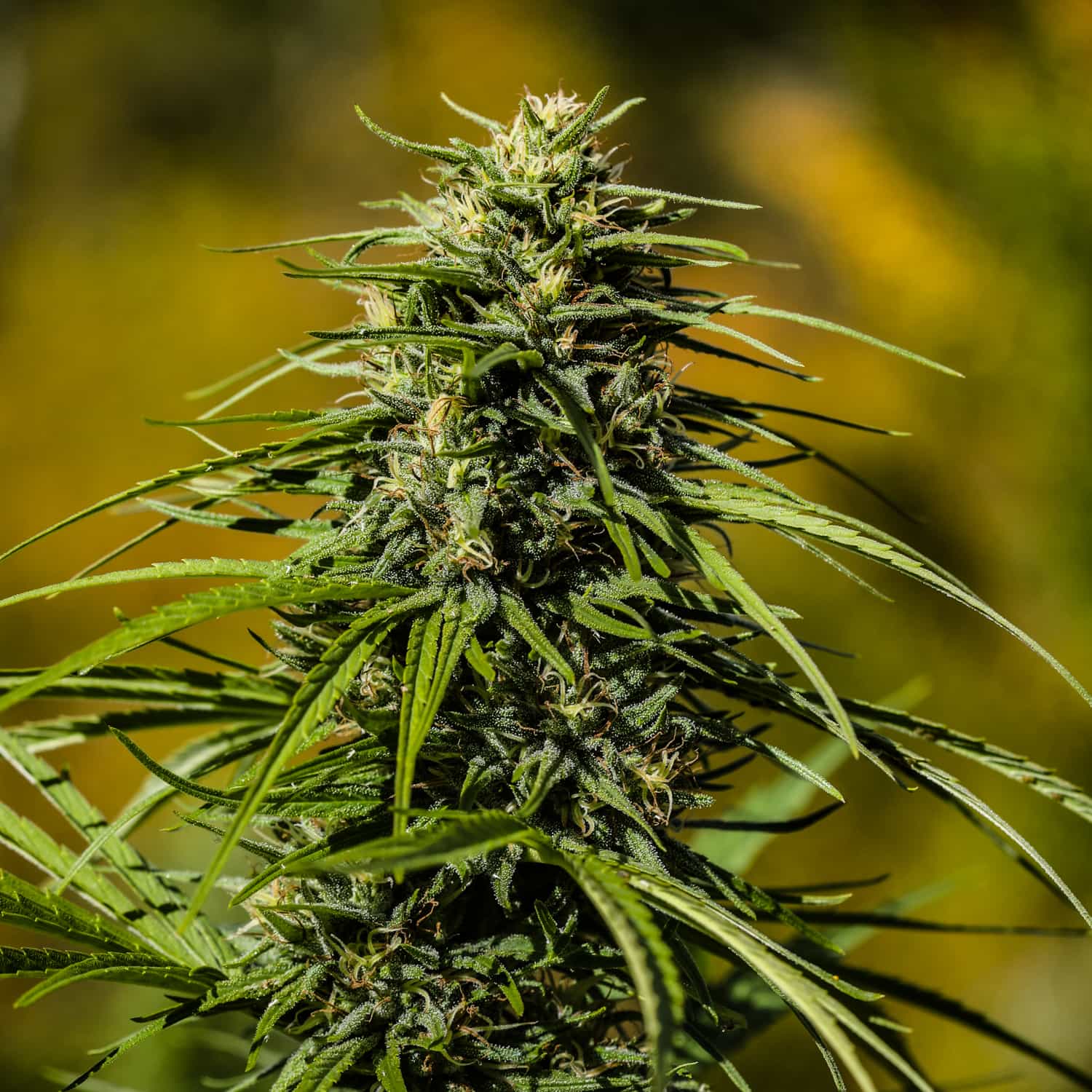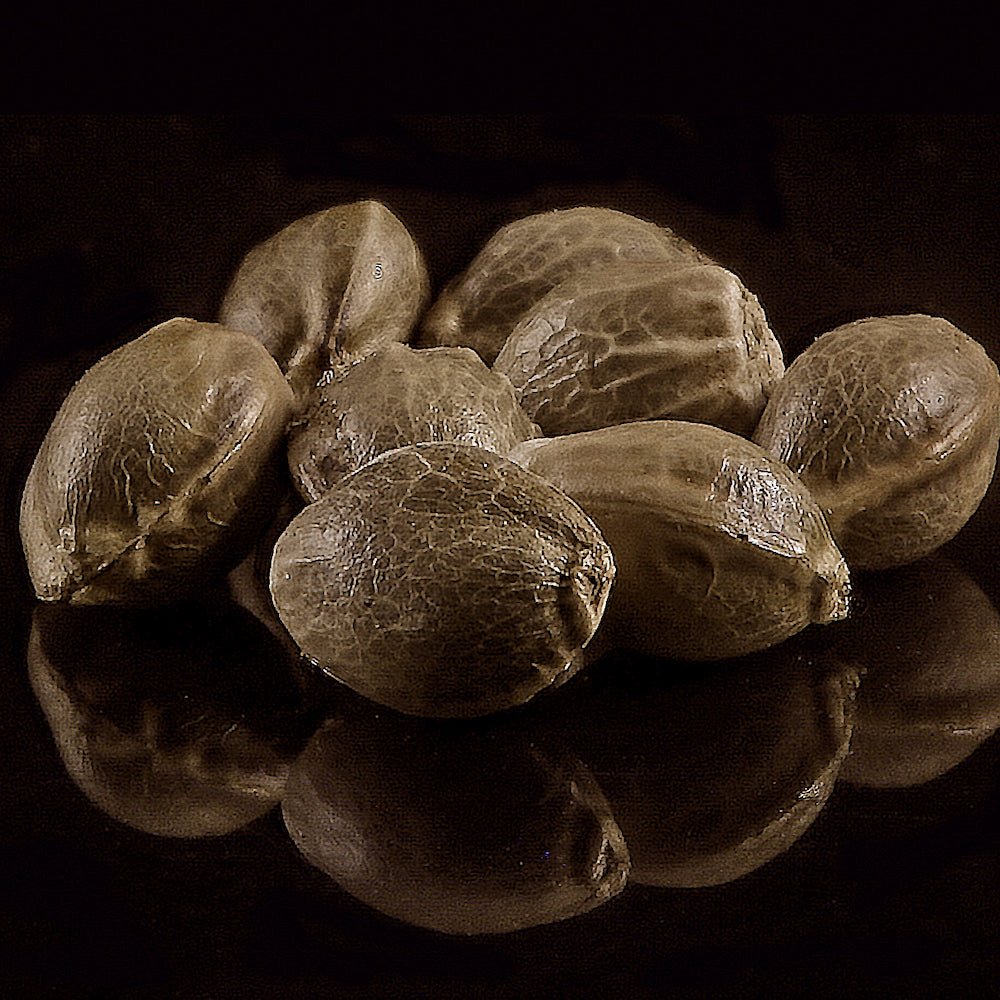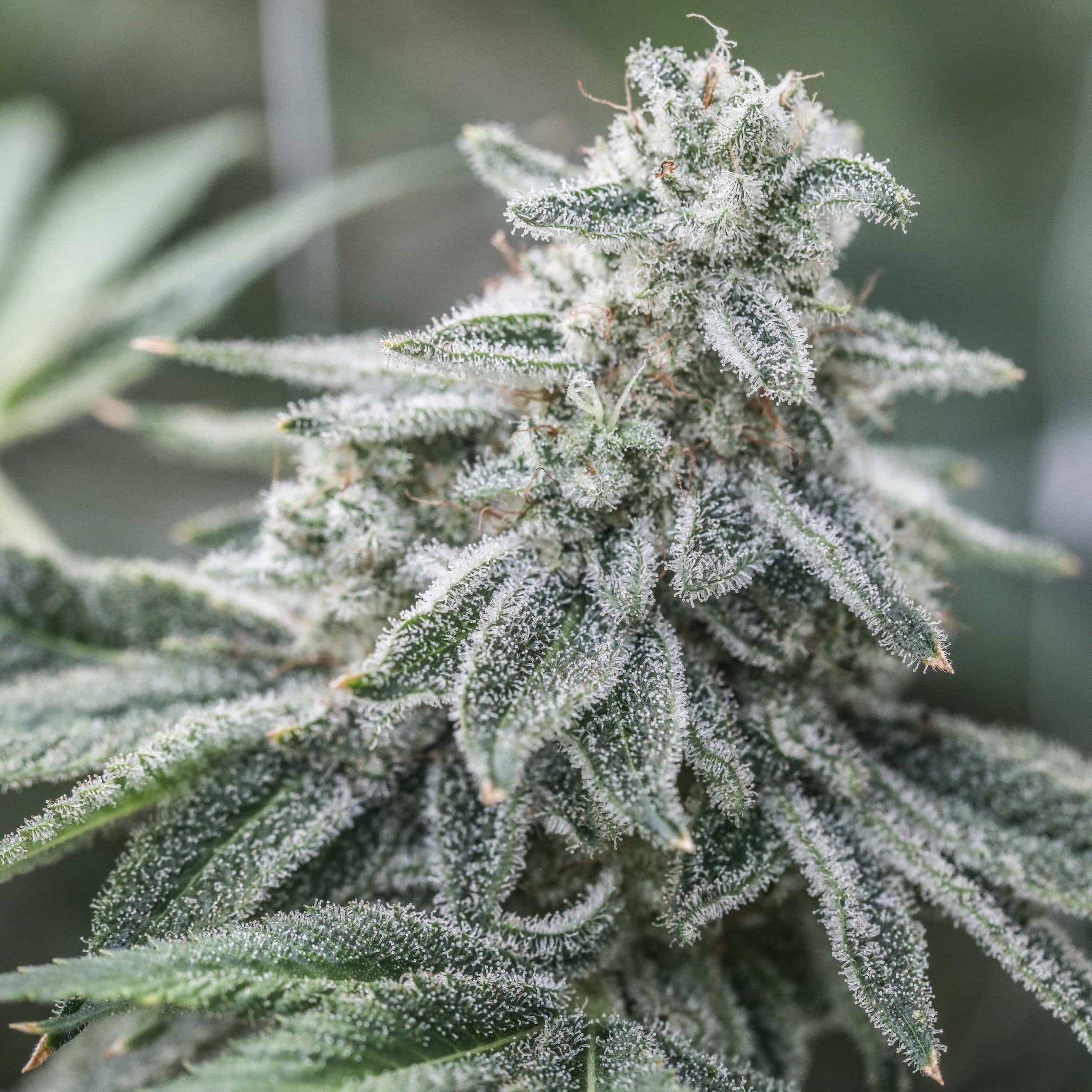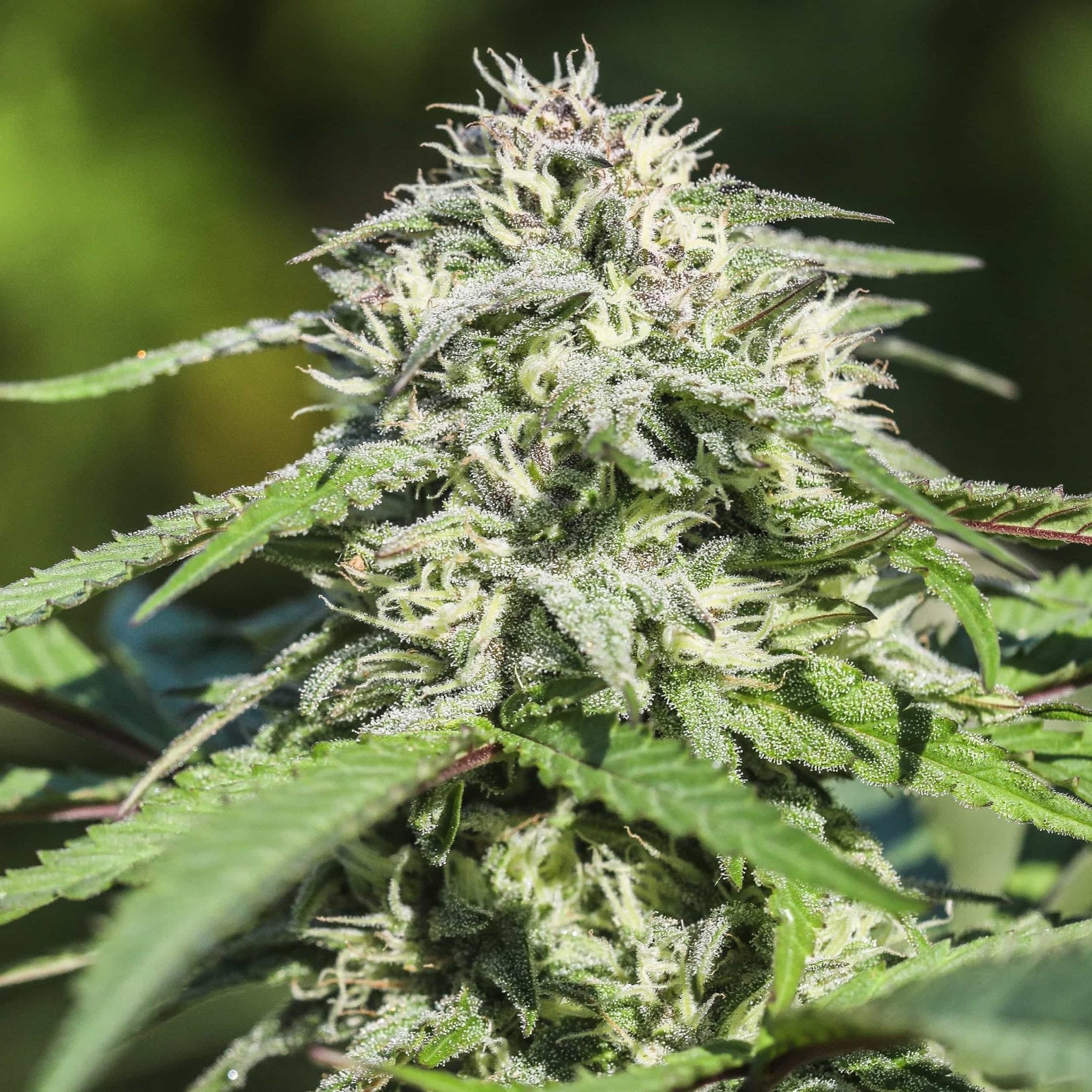What Are Indica and Sativa?
Indica and Sativa are two of the most recognized terms in the cannabis world. These once-relevant, quasi-scientific classifications stemmed from a time when most cannabis came from two distinctly different geographic regions—each with its own unique characteristics.
However, after a century of globalization and hybridization, the cannabis plant has evolved into a complex blend of genetics from all over the world. Today, the terms Indica and Sativa are more marketing tools than scientifically grounded categories. Retailers and budtenders still use them to describe perceived effects on consumers, but their original meanings are largely lost - and their relevance.
Let’s take a look at the history behind Indica and Sativa, and why these cannabis terms deserve to be re-examined.
Cannabis Taxonomy and the Origins of Indica and Sativa
Cannabis belongs to the Cannabaceae family, which also includes hops and roughly 170 other flowering plants. Early botanists classified cannabis into three species: Cannabis sativa, Cannabis indica, and Cannabis ruderalis.
These divisions were based on geographic origin and physical traits. But advances in molecular biology and genetic mapping have shown that these supposed species are far more similar than different. Modern research suggests that the differences between Indica and Sativa are not distinct genetic lines, but rather the result of selective breeding for traits like THC levels and plant morphology.
Most researchers and regulators now consider all cannabis to fall under Cannabis sativa, without subspecies distinctions. For a deeper dive, check out the study co-authored by our Co-Owner Seth Crawford, which explores genomic markers in cannabis from around the globe.
The Original Cannabis Classifications
Before popular hybrids like Runtz, Cookies, or Northern Lights, cannabis genetics were relatively narrow and regionally distinct. Let’s revisit what the original Indica, Sativa, and Ruderalis classifications meant.
Cannabis Indica: “In-da-Couch”
Cannabis indica originated from the harsh, high-altitude mountains of the Hindu Kush. These plants are short and bushy with broad leaves and dense flowers. With short flowering cycles, Indica plants adapted to cooler climates and shorter seasons.
Consumers often associate Indica strains with deeply relaxing, sedative effects—hence the nickname “in-da-couch.”
Cannabis Sativa: “Breakfast Weed”
Cannabis sativa typically describes tall, slender plants with long, narrow leaves and longer flowering periods. Native to tropical regions such as Southeast Asia and South America, Sativa plants thrive in warm climates with little seasonal variation.
Sativa strains are commonly described as uplifting, energizing, and creativity-enhancing—though science shows this has more to do with chemistry than genetics.
Cannabis Ruderalis: “Ditch Weed”
Cannabis ruderalis is a lesser-known subspecies known for its autoflowering traits and low cannabinoid content. Found mainly in Eastern Europe and Russia, it was rarely cultivated for consumption but became valuable for breeding auto-flowering hybrids.
Indica and Sativa Today: A Fading Divide
Virtually every cannabis strain available today is a hybrid—a genetic blend of countless lineages. Yet growers and retailers still label strains as Indica or Sativa, even when those distinctions have little scientific basis.
The era of true “landrace” strains is mostly gone. Using the outdated Indica vs Sativa system to describe modern cannabis is both inaccurate and unhelpful. It doesn’t reflect the complex genetic diversity or explain how cannabis actually affects individuals.
Modern Breeding and the Hybrid Reality
Over recent decades, cannabis breeding has produced plants as genetically mixed as any species on Earth. Modern hybrids display a vast range of physical traits and effects, making the traditional Indica and Sativa labels virtually meaningless.

For example, the two plants above may look completely different—one with broad leaves and one with thin—but both of these plants come from a self pollinated mother plant - making them genetically extremely similar. One might be labeled “Sativa” online due to its CBG dominance, while its physical structure suggests “Indica.” Neither label would truly fit.
Why Cannabinoids and Aromas Matter More
The effects of cannabis depend primarily on its cannabinoid content (THC, CBD, CBG) and its aroma compound profile (such as terpenes that influence flavor and mood).
An Indica-labeled strain may have high THC and low CBD, while another may be balanced or CBD-rich, leading to very different effects. Similarly, a Sativa strain may sometimes produce sedative effects depending on its chemical composition.
In reality, what many call a “Sativa” or “Indica" often comes down to its dominant terpenes like myrcene, limonene, or terpinolene—not the plant’s shape or origin.
Individual Variability: Everyone Feels Cannabis Differently
Every person’s body chemistry is unique. Some users feel relaxed on a Sativa, while others experience anxiety. Conversely, an Indica may be sedating for one person but neutral or uplifting for another.
As one example, I can smoke a heavy Indica before bed and still lie awake for hours—and countless others can share their stories that Indica vs Sativa labels tell only part of the story.
A Better Way to Classify Cannabis
To move forward, the cannabis industry should replace Indica and Sativa with more accurate systems based on measurable data, such as:
-
Cannabinoid ratios (e.g., THC:CBD:CBG)
-
Aroma/Terpene profiles (what the strain smells like and how it typically affects users)
-
Reported effects (relaxing, euphoric, energizing, creative, etc.)
These modern approaches give consumers better insight into what a cannabis variety actually does.
Why We Still Use “Indica” and “Sativa” Anyway
Despite their flaws, Indica and Sativa persist due to culture, tradition, and convenience. It’s easier for budtenders to use familiar terms than to explain terpene chemistry or cannabinoid ratios. Consumers expect to hear “Indica for relaxing, Sativa for energy,” even when the truth is more nuanced.
It’s Time to Move On from Indica vs Sativa
While Indica and Sativa once helped categorize cannabis, they no longer serve modern understanding. The cannabis world is far more complex—and personal.
For most, the nose knows what it likes. Not the label.
We’re Guilty Too
We admit it—people often ask how we classify our strains, so we still use the terms Indica and Sativa for familiarity’s sake. But as science continues to evolve, so should our language about this amazing plant.
Uplifting THC Varieties
Sedative THC Varieties
Hybrid THC Varieties



